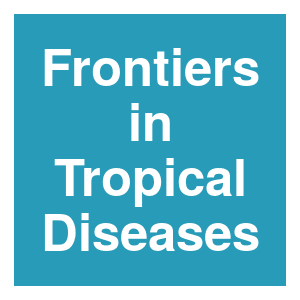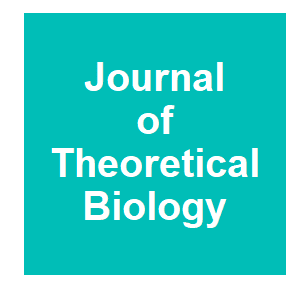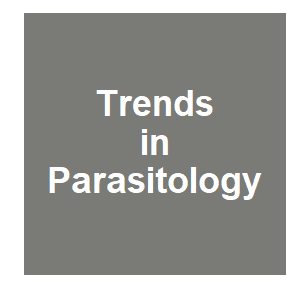
Keywords: genetically modified insects

|
Next-generation genetic sexing strain establishment in the agricultural pest Ceratitis capitataS. Davydova, J. Liu, N. Kandul, P., W. E. Braswell, O. Akbari, S. and A. Meccariello, bioRxiv, 2023.09.29.560088. 2023.
Tephritid fruit fly pests pose an increasing threat to the agricultural industry due to their global dispersion and a highly invasive nature. Here we showcase the feasibility of an early-detection SEPARATOR sex sorting approach through using the non-model Tephritid pest, ... Keywords: genetic biocontrol, genetic sexing, genetically modified insects, SIT, sterile insect technique |

|
Scientists are Gene-Editing Flies to Fight Crop DamageE. Mullin, WIRED, 2023.
In greenhouses in Oregon last month, researchers with the US Department of Agriculture began testing one such approach: sterilized male flies. The gene-edited bugs, made by St. Louis–based biotech company Agragene, are meant to suppress wild fly populations. The idea is that if ... Keywords: genetic biocontrol, genetic sexing, genetically modified insects, SIT, sterile insect technique |

|
Explained | The problem with India’s new guidelines on genetically modified insectsS. Naik, The Hindu, 2023.
India’s bioeconomy contributes 2.6% to the GDP. In April 2023, the Department of Biotechnology (DBT) released its ‘Bioeconomy Report 2022’ report, envisioning this contribution to be closer to 5% by 2030. This ambitious leap – of $220 billion in eight years – will ... Keywords: genetic biocontrol, genetic sexing, genetically modified insects, SIT, sterile insect technique |

|
Render pests harmless – through genetic engineering CRISPRAnonymous, Breaking Latest News, 2023.
Whether ants or wild bees: It is undisputed that insects are indispensable for functioning ecosystems and thus for the survival of mankind. In agriculture, however, certain species can become a nuisance. Even insecticides do not always help and also harm the environment. ... Keywords: genetic biocontrol, genetic sexing, genetically modified insects, SIT, sterile insect technique |

|
Evaluating the mating competency of genetically modified male mosquitoes in laboratory conditionsB. Contreras, Z. N. Adelman and K. Chae, Frontiers in Tropical Diseases, 4. 2023.
Efforts to eradicate mosquito-borne diseases have increased the demand for genetic control strategies, many of which involve the release of genetically modified (GM) mosquito males into natural populations. The first hurdle for GM males is to compete with their wild-type ... Keywords: genetic biocontrol, genetic sexing, genetically modified insects, SIT, sterile insect technique |

|
Combining refuges with transgenic insect releases for the management of an insect pest with non-recessive resistance to Bt crops in agricultural landscapesT. R. Brewer and M. B. Bonsall, Journal of Theoretical Biology, 509:11. 2021.
Reinforcing the high-dose/refuge strategy with releases of transgenic insects has been suggested as a method for simultaneously managing agricultural pest populations and resistance to transgenic crops. Theoretical and empirical studies have shown that these approaches can work ... Keywords: genetic biocontrol, genetic sexing, genetically modified insects, SIT, sterile insect technique |

|
Sex Sorting for Pest Control: It’s Raining Men!C. Lutrat, D. Giesbrecht, E. Marois, S. Whyard, T. Baldet and J. Bouyer, Trends in Parasitology, 35:649-662. 2019.
In the pursuit of better pest- and vector-control strategies, attention returns to an old proven technology, the sterile insect technique (SIT) and related insect population-suppression methods. A major obstacle for any of these approaches that involves the release of sterile ... Keywords: genetic biocontrol, genetic sexing, genetically modified insects, SIT, sterile insect technique |

Contact
David O’Brochta
Foundation for the
National Institutes of Health
geneconvenevi@fnih.org
RSS

